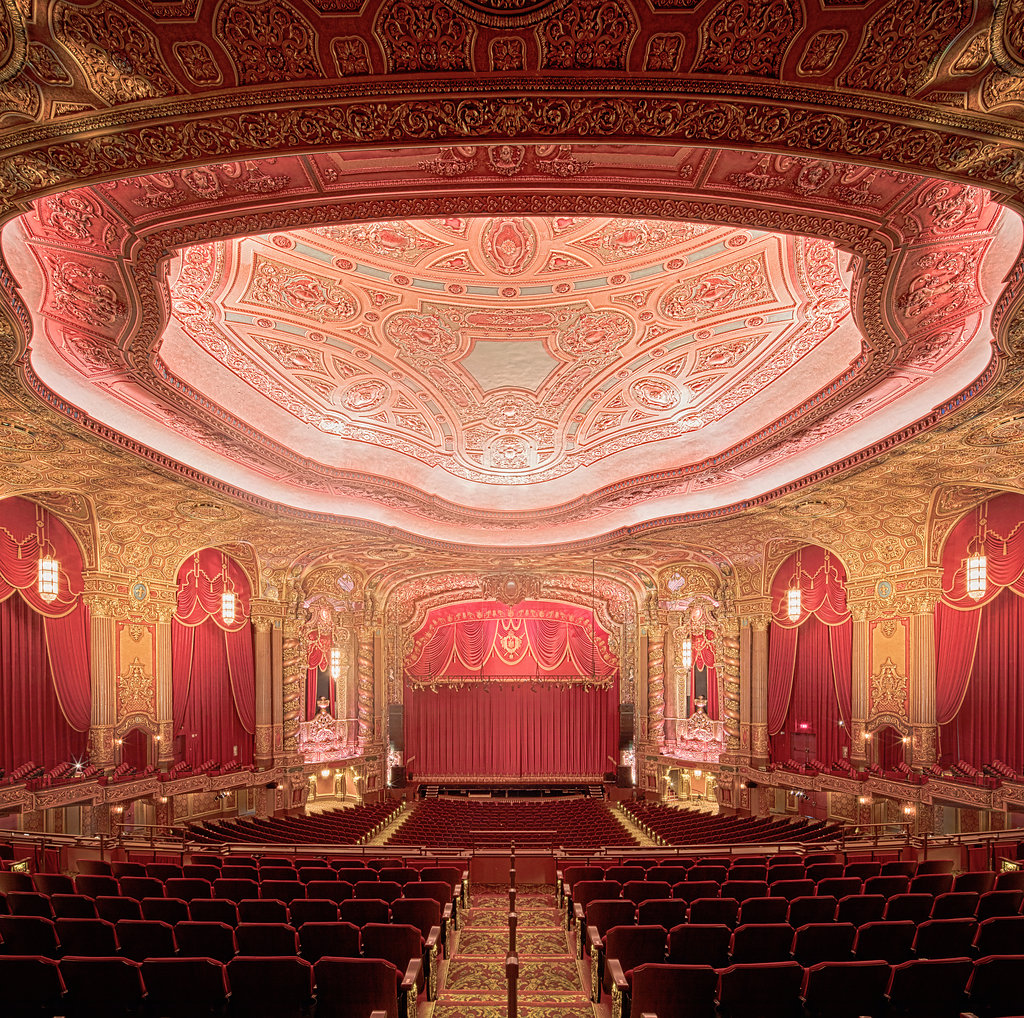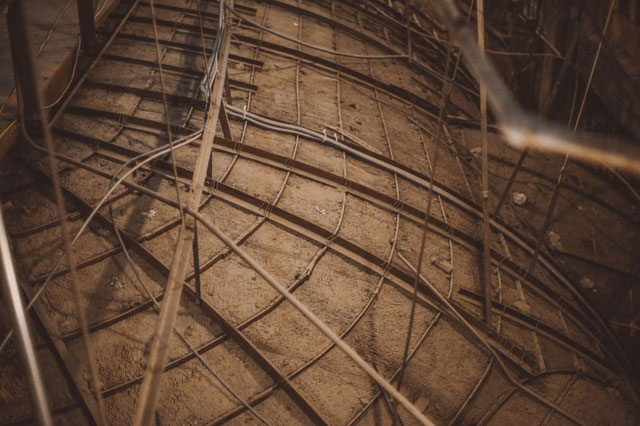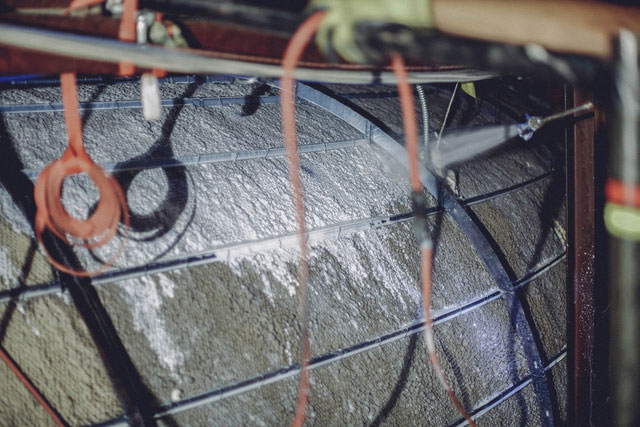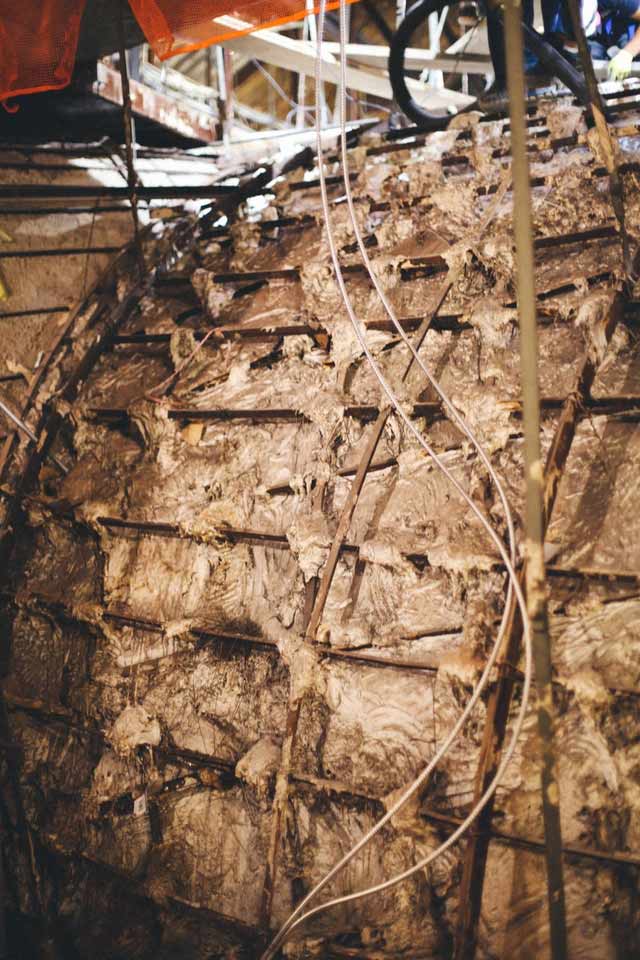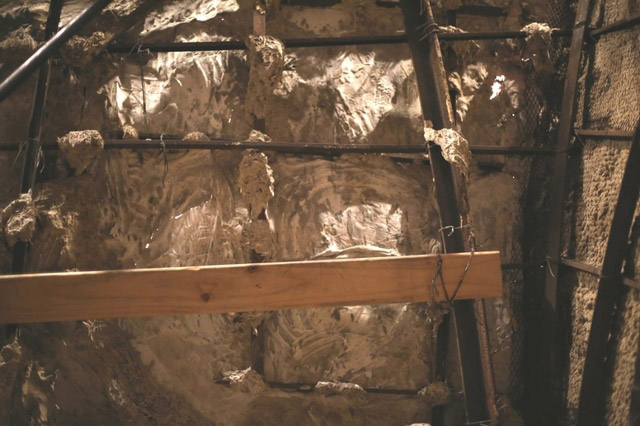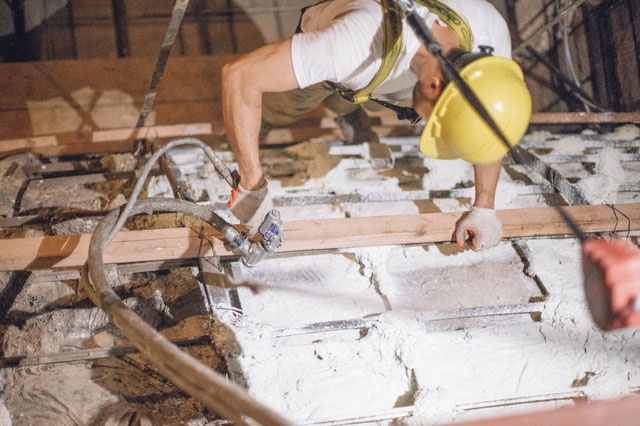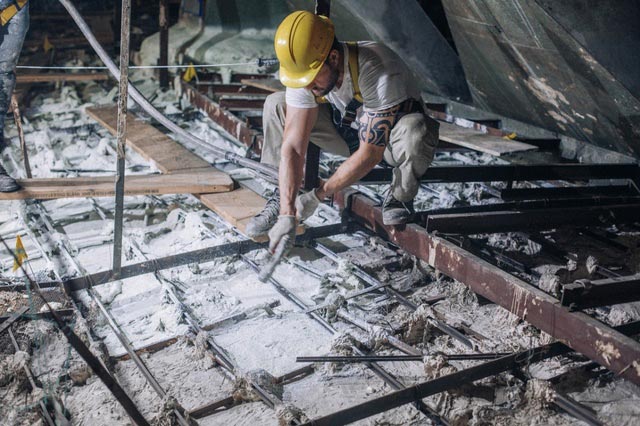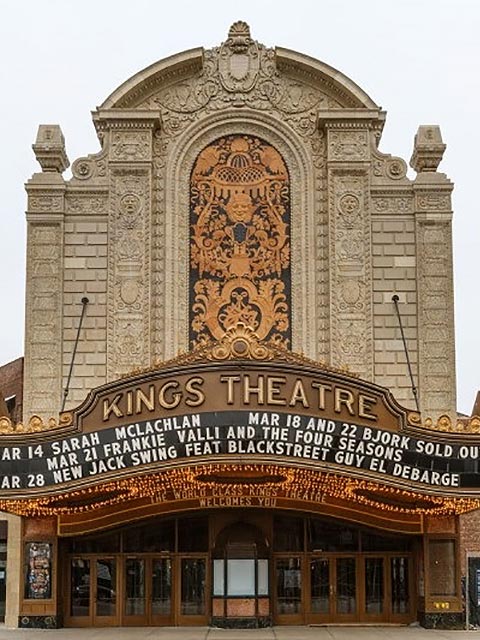Brooklyn, New York (1929)
The Building:
Formerly Loew’s Kings Theater, Kings Theater is a movie-palace type theater in the Flatbush neighborhood of Brooklyn. The theatre was designed by the architectural firm of Rapp and Rapp, with the interior decor designed by Harold Rambusch. The massive structure has 3,676 seats and was closed in 1977, eventually suffering extensive physical damage due to decades of neglect, water infiltration and vandalism. The roof was belatedly repaired in 2007 to halt further deterioration.
Commencing in 2010, the theater underwent a major renovation whereby the interior spaces were restored to their 1929 appearance, and the stage facilities were completely rebuilt to modern standards. Restoration work was completed in late 2014 and Diana Ross was the featured artist for the gala reopening performance on February 3, 2015. Kings Theatre was listed on the National Register of Historic Places on August 22, 2012.
Project Synopsis:
The ceilings in Kings Theatre are a beautiful and intricate combination of decorative plaster and faux finishes comprised of flat plain-faced three-coat plaster over wire lath, plaster over wire lath with decorative moldings set into the plaster, ornate fibrous plaster panels hung from jute connections, and hundreds of cast plaster ornaments.
In mid-2017, a piece of plaster fell from a ceiling, prompting the building management company, Ambassador Theatre Group, to retain a plaster conservation firm to conduct a thorough conditions assessment of all of the plaster.
The assessment of the plaster on wire lath indicated widespread delamination of the three-coat systems in both the plain face plaster and the decorative moldings. Moreover, the plaster was friable (powdery) and crumbled upon touch.
The assessment of the fibrous plaster found that the natural fiber reinforcement both in the panels and the jute connections was desiccated (dry rotted) and no longer able to properly support the panels.
John Tiedemann Inc./Historic Plaster Conservation Services USA (JTI/HPCS USA) was retained to stabilize the two plaster systems. The backside of the plaster on wire lath, totalling 30,000 square feet, was thoroughly cleaned before being treated with the HPCS three-step consolidation system, featuring CO R-100 Plaster Consolidation Agent.
The fibrous plaster panels, comprising 23,000 square feet, were treated with an application of RE Aramid Gel, a Kevlar®-reinforced acrylic resin, which HPCS developed specifically to stabilize fibrous plaster.
Many repairs to the ceiling’s surface plaster were also performed, followed by extensive paint touch-ups. In addition, all plaster ornament and moldings were evaluated and wherever necessary, re-secured with pinning.
All of this work was completed in six and a half weeks with a JTI/HPCS USA crew of 45.
